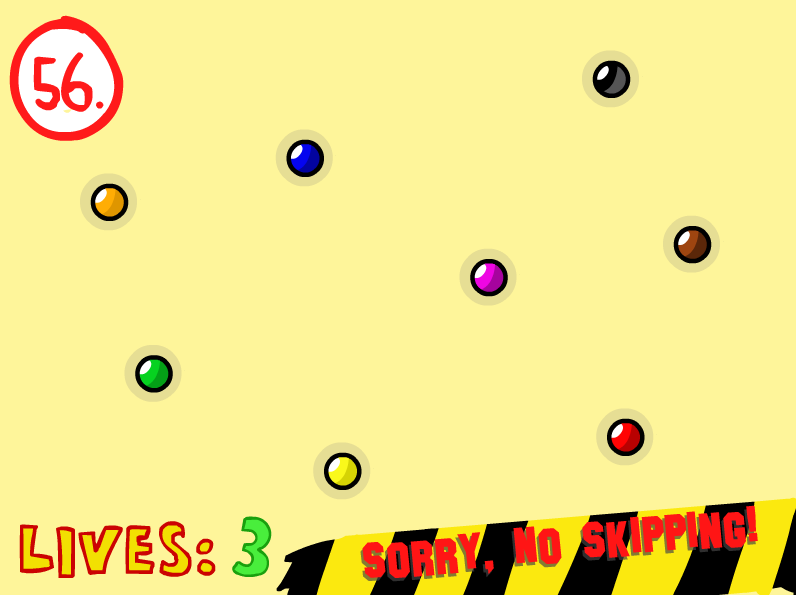

In order to analyze and reveal the importance of buildings and cityscapes and thus the spatiotemporal appropriation in context of open world game spaces a transdisciplinary approach is needed. Through this analysis, the dissertation proposes there is much to be gained by considering how this playful movement offers augmented perspective of earlier work on urban circulation, specifically within Edinburgh, and highlights the importance of a critique of play and games within Cultural Studies.

This dissertation investigates how Edinburgh – whilst still in use by the general public – is co-opted by the game to host a scenario in which participants move through the city in a different, more playful, method than everyday motion in an urban setting. These varied theorists are drawn into this dissertation on playful movement in the city, incorporating case studies of the use of the City of Edinburgh in 20 for the “zombie chase game” 2.8 Hours Later. Anthropologists, sociologists and cultural critics have considered the value and importance of play – Johann Huizinga and Roger Caillois foremost, but also more recently Mary Flanagan and Brian Sutton-Smith, and urban theorists such as Quentin Stevens look at architecture as being playful and lending a “ludic” quality to city space. Previous cultural theorists and philosophers who considered urban movement – including Henri Lefebvre, Guy Debord, Michel de Certeau and Walter Benjamin – studied the city as a site of production and consumption, analysed rhythms of capital and the everyday, and considered dualisms in movement such as structure/freedom and constraint/wandering. This dissertation considers the use of the city as a site for “playful” movement, and how this form of circulation may yield insight into existing theories around motion within the city.


 0 kommentar(er)
0 kommentar(er)
